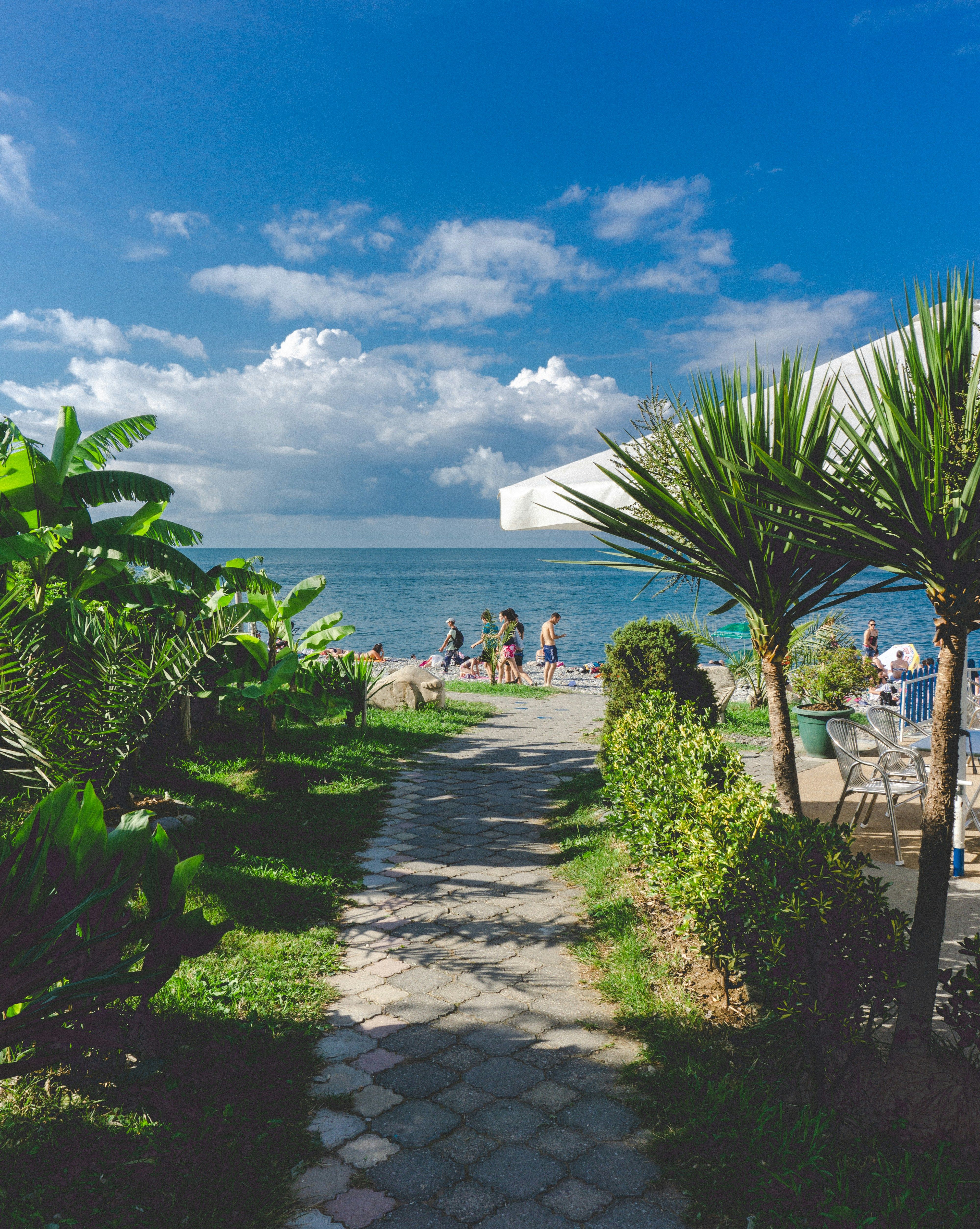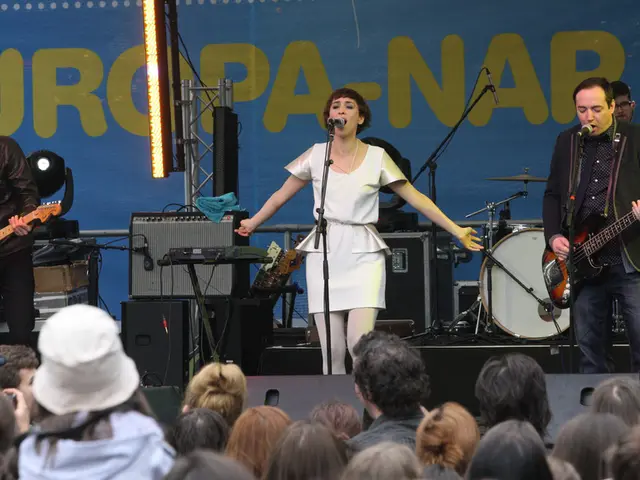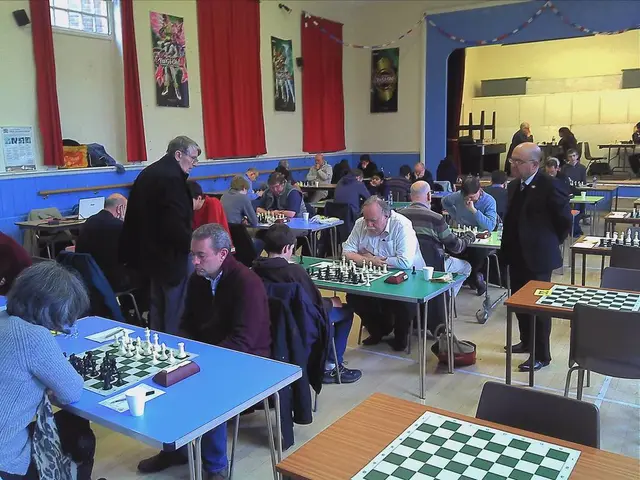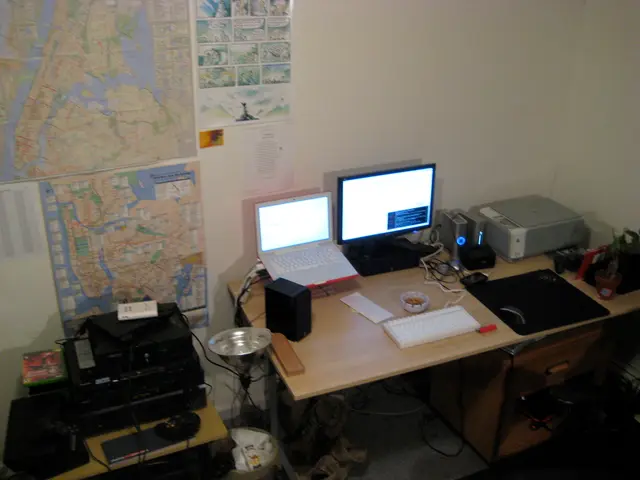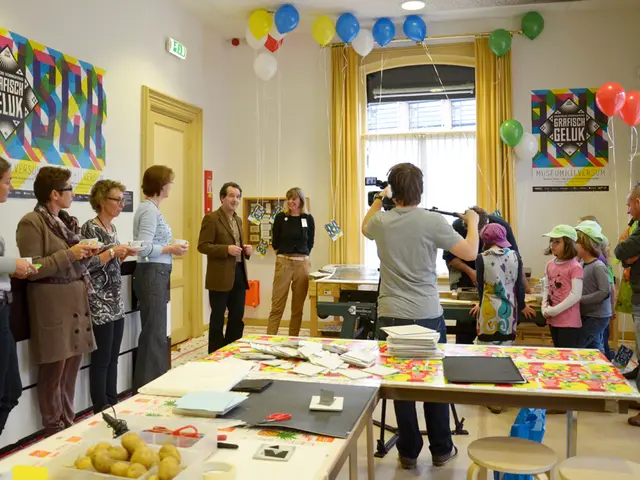Horticulture Revolutionizes with Augmented Reality Technology
Plant Augmented Reality: Transforming Horticulture with Digital Interaction
Plant augmented reality (AR) represents a novel approach to horticulture, blending virtual data with the physical world to enhance the gardening experience for newbies and experts alike. This technology displays essential plant care information, educational resources, and design tools through devices such as smartphones, tablets, or AR glasses.
The Significance of Groundbreaking Technologies in Horticulture
As the global environment faces various changes and the demand for sustainable practices rises, the horticulture industry is embracing advanced technologies to empower gardeners. Plant AR technology offers conveniences like real-time plant health monitoring, along with valuable insights into growth patterns and conservation efforts. Such innovations supplement traditional methods by providing data-driven decisions that gardeners can utilize.
The Basics of AR for Horticulture
At its core, AR is a technology that overlays digital content—like pictures, text, or 3D models—over the real world when viewed through a device. In the context of horticulture, it can offer suggestions for plant care, identification, and garden design in real-time.
Integrating AR into Horticulture
Industry-wide, AR is utilized mostly via smartphones, tablets, and AR glasses. These devices employ the camera to analyze the surroundings and project information onto the screen, such as plant care guidelines, real-time diagnostics, and garden design simulations.
The Role AI and Machine Learning Plays in Plant AR
AI and machine learning algorithms augment plant augmented reality capabilities by adapting to user preferences, detecting patterns in plant behavior, and offering personalized gardening tips. As the system accumulates more data, it becomes even smarter and more intuitive.
Key Features of Plant AR
Interactive Gardening: Plant AR fosters interactive gardening by providing instant, tailored support for plant care needs, alerting users to the optimal times for watering, pruning, and addressing plant-specific concerns.
Plant Identification and Education: AR allows users to quickly identify plants using their smartphones, offering comprehensive information about each species, care instructions, and common issues. It is an effective tool for educating people about various plant types and their growth habits.
Virtual Garden Planning: With AR tools, users can experiment with different layouts and plant arrangements for their gardens before putting a shovel in the ground, ensuring a practical yet aesthetic outcome.
Botanical Studies and Research: AR plays a crucial role in botanical research by presenting 3D models and simulations that help researchers visualize plant growth patterns and explore conservation efforts from a fresh perspective.
Applications of Plant AR in the Horticulture Industry
Residential Gardening: For homeowners, plant AR offers user-friendly tools for indoor and outdoor gardening, providing detailed plant care instructions, pest identification, and beautiful garden designs through their smartphones.
Urban Farming and Agriculture: AR streamlines urban farming spaces by analyzing environmental data, offering assistance with pest management, and offering personalized care for crops, ensuring a successful yield.
Botanical Gardens and Conservation: AR transforms the way visitors interact with botanical gardens by offering virtual tours, plant identification, and educational content on rare and endangered species right on their phones.
Landscaping and Commercial Horticulture: Landscapers employ AR to visualize garden designs in real-time, ensuring layouts combine functionality and aesthetic appeal. Additionally, plant retailers utilize AR to help customers select the right plants for their specific conditions.
Educational Institutions and Research: In learning environments, AR infuses plant biology and environmental science with interactive, dynamic elements, making these subjects more engaging for students.
Gains from Plant AR in Horticulture
Improved Understanding and Accessibility: One of the most significant advantages of plant AR is its capacity to make learning about plants accessible to both beginners and professionals. By offering real-time support and user-specified feedback, AR fosters a deeper comprehension of horticulture.
Optimized Plant Health and Care: With real-time monitoring and diagnostic tools, AR helps gardeners detect plant issues quickly, offering tailored care suggestions that improve overall plant health and longevity.
Heightened Engagement and Interest in Gardening: The gamification elements incorporated into AR—like interactive garden planning and plant care challenges—make gardening more appealing and fun, specifically for younger generations.
Efficient Garden Planning and Design: AR tools enable users to virtually experiment with layouts and garden designs, minimizing the risk of planting errors and streamlining the planning process.
Promoting Sustainability and Conservation: Plant augmented reality encourages environmentally friendly gardening practices and aids in plant conservation by educating users about endangered species and supporting conservation efforts on a broader scale.
Challenges and Limitations of Plant AR
Technological Constraints: While AR technology continues to advance, it still demands sophisticated devices like smartphones or AR glasses. Furthermore, there are limitations in the accuracy of plant identification and AR data quality, which could affect its efficacy in specific situations.
Adoption and User Experience: Not all gardeners are technologically adept, which might create a learning curve related to AR tools. Making these tools user-friendly and accessible to all age groups is a key challenge in their widespread adoption.
Reliability: For plant AR to provide meaningful benefits, it must deliver accurate information. Poorly identifying plants or misdiagnosing specific health issues can pose challenges for gardeners.
Cost: AR systems, together with the required devices and software, might be expensive, potentially hindering adoption among amateur gardeners or those in low-income areas.
Privacy and Data Issues: Many AR apps collect data on plant growth and care, raising concerns over privacy. It is essential to balance data utilization for personalized gardening tips alongside the privacy of users.
The Future of Plant AR in Horticulture
Advancements in AR Technology: As AR technology progresses, more immersive and accurate gardening experiences can be expected. Integration with AI, IoT, and drones will make AR even smarter, enabling predictive gardening insights.
Smarter Gardens with IoT Integration: In the future, plant augmented reality will seamlessly coordinate with IoT devices. This integration will empower AR systems to regulate garden environments automatically based on real-time data, adjusting lighting, watering, and temperature to optimize plant health.
Sustainability and Environmental Awareness: AR will continue to play an important role in educating users about sustainable gardening practices and environmental conservation, encouraging eco-friendly behaviors in horticulture.
Expanding Educational and Research Opportunities: The role of AR in research and education will expand, enabling students and researchers to explore plant behavior, climate adaptation, and environmental changes in engaging ways.
Conclusion
Plant augmented reality signifies a revolutionary shift in how people engage with plants and gardens. By enhancing plant care, redefining garden design, and educating users on various topics, AR serves as a cutting-edge innovation shaping the future of horticulture. As technology continues to evolve, innovative applications for plant AR will undoubtedly arise, making gardening more accessible, efficient, and enjoyable for all.
To learn more about Virtual Reality, Technology, AI, and related topics, visit: https://www.our website/
Sources:
[1] Baxter, S. (2021). The Best Plant Identification Apps. Retrieved from https://www.forbes.com/sites/stephaniebaxter/2021/04/19/the-best-plant-identification-apps/?sh=57d66b192ccd
[2] Young, J. (2021). Top Plant Identification Apps of 2021. Retrieved from https://www.digitaltrends.com/mobile/best-plant-identification-apps/
[3] Warner, A. (2021). The 5 Best Farming Apps for Mobile Users. Retrieved from https://www.digitaltrends.com/mobile/5-best-farming-apps/
- The role of technology in horticulture is evolving, with plant augmented reality (AR) technology delivering real-time plant health monitoring, educational resources, and design tools through devices like smartphones, tablets, or AR glasses.
- AI and machine learning algorithms are integrated into plant AR, adapting to user preferences, detecting patterns in plant behavior, and offering personalized gardening tips, thereby making the system even smarter and more intuitive.
- In the sphere of education and self-development, online courses provide in-depth learning on environmental science, horticulture, and technological advancements such as plant AR, allowing individuals to build upon their knowledge at their own pace.
- As AR technology improves, it could become more affordable, enabling greater adoption among amateur gardeners and those in low-income areas, fostering a more inclusive and accessible horticulture community.
